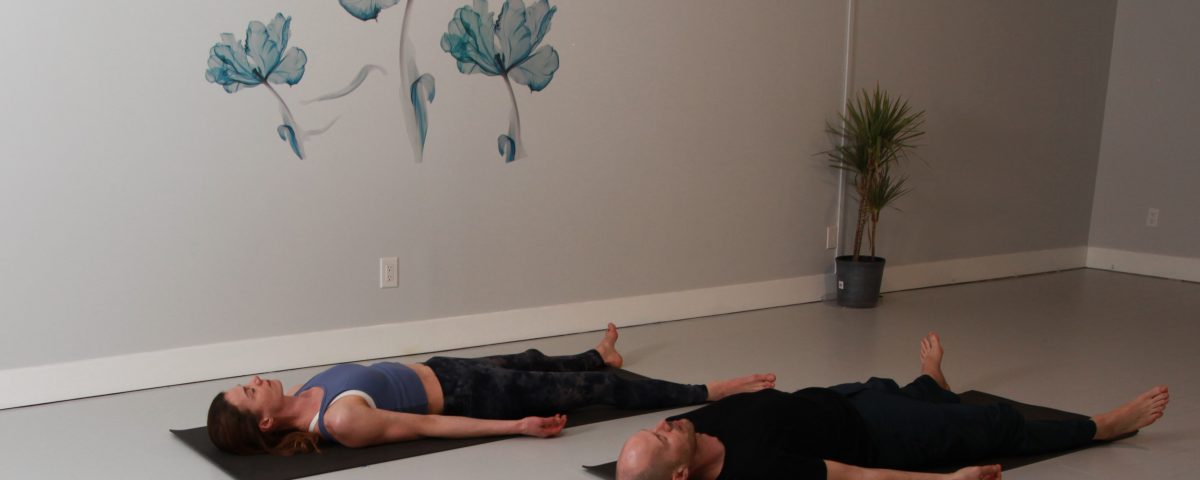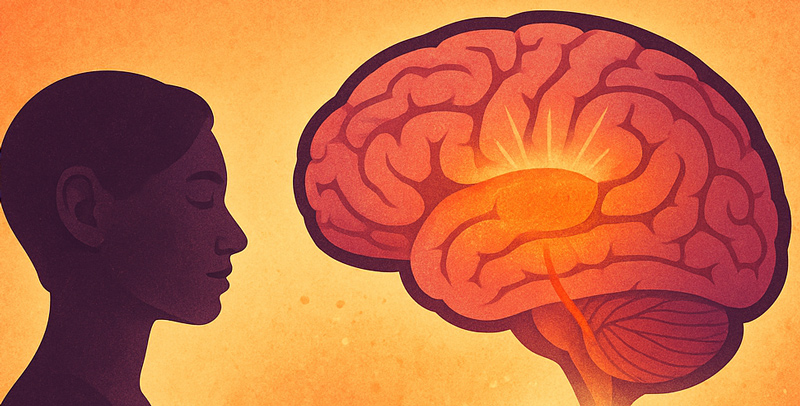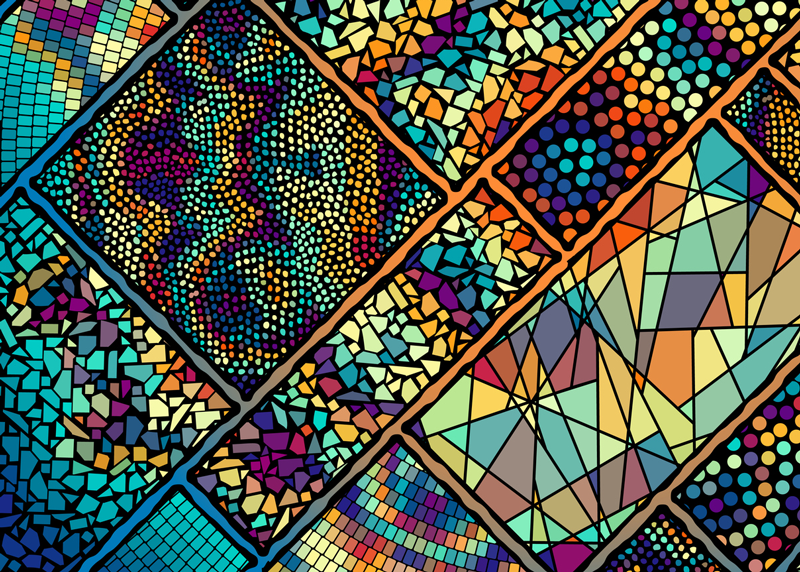
“Not Doing” is a Skill Worth Practicing
January 16, 2025
Tending the Overloaded Mind: Embodiment Practices for Mental Relief and Resilience
September 8, 2025Have you ever been halfway through a yoga class and wished savasana would start right then? Your body just begging you to lie down, to let go of everything? And then there are other times when savasana feels like an annoyance, when stillness is difficult, even agitating, and the mind seems to want to do anything else.
As a yoga teacher, I’ve witnessed both sides of savasana in class, and certainly have felt them in myself. Sometimes, when I’m practicing alone, savasana is the hardest pose to make time for, and other times, it is the only thing I want to do. Physical exhaustion is easy to recognize. The body sends clear signals: soreness, heaviness, the instinct to slow down. Mental fatigue is harder to detect or respond to because we’ve trained ourselves to dismiss and override these cues. Drinking a cup of coffee, pursuing another task, or checking our phone can often push us past the need to rest.
Since writing previously about the challenge and importance of not doing, and how rest is not just a break from life but a practice in itself, I’ve taken a deeper look at what might be happening in the body and brain during intentional rest. Most recently, I completed a project on the neurophysiology of savasana and want to share a few insights with you. Although savasana can be simply an opportunity for a short nap, its greatest power lies in holding a unique semi-wakeful state where the mind is relaxed but still aware, inwardly attentive but not effortful.
What makes savasana unique from other forms of meditation is that it allows you to benefit from the natural pull toward sleep. Sometimes, that pull might lead you directly into sleep (ever woken yourself up snoring in savasana?). But with intentional awareness of the body and breath, which does take practice, you may instead shift fluidly between different patterns of brain activity without fully settling into any one state.
Have you ever had vivid and nonsensical mini-dreams in savasana? These are called hypnagogic hallucinations. They tend to arise when the executive control of the prefrontal cortex fades, allowing fragments of past perceptual experiences to blend and surface in a kind of mental mashup. This is a typical feature of sleep onset, a process that would normally carry us deeper into sleep. But in savasana, when the intention is to maintain mindful embodied awareness, we can remain in this semi-lucid state for longer than usual. This might explain why the experience can feel dreamy, grounding, absurd, or even insightful.
Studies have shown that in the eclectic period of sleep onset, the mind can open up to possibility, with a greater ability to solve problems afterward. Most research on the power of dreams has focused on REM sleep, a later stage in the sleep cycle, which has been associated with visualization, creativity, and cognitive flexibility. In savasana, we may be able to access some of these benefits on a shorter timescale, sometimes within just a few minutes of settling into the pose.
There is also potential relief from the metabolite buildup that accumulates from normal brain processes like thinking, much like lactic acid in the muscles. This buildup is part of what makes us feel mentally tired or fuzzy-headed. These metabolites are cleared during deep sleep, but researchers have found that the supine posture (lying on the back) in a restful state may be a strong contributor to “clearing your mind.” This contributes to feeling more clear-headed, even reducing headaches and supporting brain health as we age.
I am forever learning that rest is a skill. Savasana is an invitation to practice not only relaxation, but also becoming a witness and a learner of our process of letting go and letting be. It does not require fixing anything, improving anything, or striving toward anything. If you tend to be goal-oriented, know that being present with your experience of relaxation can enhance your ability to regulate your mind, emotions, and stress response. It may also support greater cognitive flexibility and creativity.
When entering savasana, remind yourself of the intention to observe the gradual softening of the body and breath. As muscles yield to gravity and the breath becomes quieter, allow your attention to stay with these subtle shifts. The mind may drift, and even strange or dreamlike experiences may arise. This is natural. You are resting in the boundless space between wakefulness and sleep.
There is more happening here than we can fully explain. Savasana has long been understood as more than a moment of rest. In early yoga texts, such as the Dattātreyayogaśāstra, it was described as a method for dissolving the sense of individual identity and revealing a non-dual awareness, where the usual distinction between subject and object fades. In this state, awareness becomes unified, direct, and free of conceptual thinking. Ancient yogis saw this as a gateway to self-transcendence, a quiet and powerful glimpse into the nature of existence.
I welcome you to share your reflections on savasana. If you are interested in reading the full paper, I am happy to send it to you.
Warmly,
Karen





